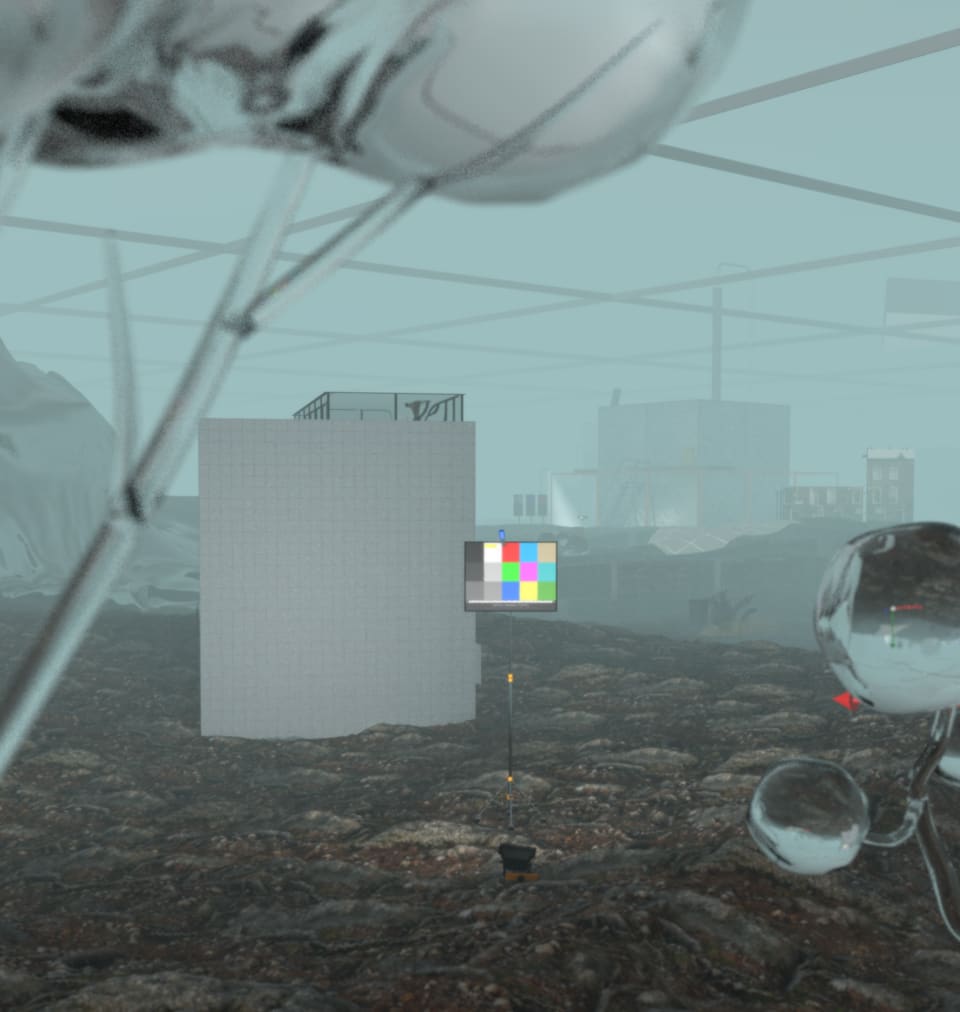Based in London, my work explores how design can be used to critically engage with the consequences of emerging cultural and political shifts in society. Spending both years at the RCA in ADS4, I have had the opportunity to refine the method in which I approach these projects; designing the parameters for spatial production and speculating upon the subsequent outputs. Primarily employing narrative based image making, my practice also ranges across the mediums of film and installation.
Graduating from the Bartlett School of Architecture in 2017, I was awarded a Bronze Medal Commendation and the Serjeant Award for Excellence in Drawing at the RIBA President's Medals. Having worked at Waugh Thistleton Architects and freelancing as an architectural design consultant for CGI projects, I spent a year pursuing personal interests outside of architecture in ethical farming practices; raising pigs, making cheese and goat herding, before returning to study at the RCA.



